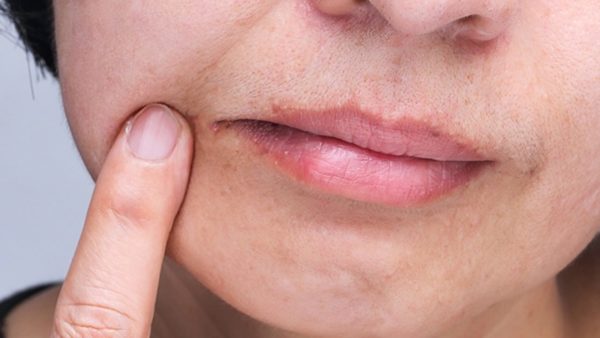The Best Skincare Routine for Different Skin Types
When it comes to skincare, one of the most important steps is knowing your skin type. Understanding whether you have dry, oily, combination, or sensitive skin can help you choose the right products and develop an effective routine. A skincare regimen tailored to your specific needs can lead to better results, healthier skin, and fewer breakouts or irritation. Let’s break down the best skincare routine for different skin types.
For dry skin, the primary goal is to restore moisture and hydration. Start with a gentle cleanser that won’t strip your skin of its natural oils. Look for creamy or hydrating formulations containing ingredients like hyaluronic acid, glycerine, or ceramides. After cleansing, follow up with a rich toner that adds moisture back into the skin. A hydrating serum, ideally packed with hyaluronic acid or vitamin C, is a must. Don’t skip a good moisturizer, as it helps lock in all the hydration your skin has absorbed. In the evening, a nourishing night cream with ingredients like retinol or peptides can provide additional hydration and work overnight to replenish the skin. Finally, don’t forget sunscreen during the day—dry skin is still susceptible to sun damage.
If you have oily skin, your main concerns might be excess shine and clogged pores. You can benefit from a more lightweight skincare routine. Start with a foaming or gel-based cleanser to deeply cleanse the pores without drying out your skin. A toner with salicylic acid or witch hazel can help control oil production and reduce breakouts. For serum, choose something that balances oil production without clogging pores. Niacinamide is great for controlling oil while also offering anti-inflammatory benefits. Opt for a lightweight, oil-free moisturizer that hydrates without adding extra shine. Sunscreen is still necessary—choose a matte or oil-free formula to prevent any unwanted greasiness during the day.
Combination skin is a bit more complex as it involves areas of both oiliness and dryness. For this skin type, it’s important to find a routine that works for all areas of your face. Use a gentle, balanced cleanser that won’t exacerbate either condition. After cleansing, apply a hydrating toner to the dry areas and an oil-controlling one to the T-zone (forehead, nose, chin). Serums should be lightweight but effective—vitamin C or a hydrating serum can be applied all over, but if needed, you can alternate them for specific areas. Moisturizers should be non-comedogenic, meaning they won’t clog pores. Look for a balanced formula that hydrates without adding extra oil. Finally, make sure to choose a sunscreen that’s suitable for combination skin, ideally one that’s lightweight yet hydrating.
Sensitive skin requires the most attention, as it can easily react to products, resulting in redness, irritation, or breakouts. For sensitive skin, opt for fragrance-free and hypoallergenic products. A gentle, non-foaming cleanser is best, as it will cleanse without stripping the skin’s natural barrier. Choose toners that don’t contain alcohol or harsh chemicals, and always go for soothing ingredients such as aloe vera, chamomile, or rose water. For serums, look for calming formulations with ingredients like calendula or niacinamide, which help reduce inflammation and strengthen the skin’s barrier. Use a lightweight moisturizer that’s fragrance-free and non-irritating. At SkinGym, the importance of using minimal ingredients in sensitive skincare is emphasized to reduce the chances of irritation. When it comes to sunscreen, opt for a mineral sunscreen with zinc oxide or titanium dioxide, as these are less likely to cause reactions than chemical sunscreens.
Regardless of your skin type, there are a few universal steps that should be included in any routine. First, always cleanse your skin thoroughly to remove makeup, dirt, and impurities. This is crucial before applying other products. After cleansing, toning can help balance the skin’s pH and prepare it to absorb the following products. Serums are the next step, as they’re packed with active ingredients designed to treat specific concerns like wrinkles, acne, or pigmentation. Moisturizing is essential to maintain hydration and keep the skin barrier healthy. Lastly, don’t skip sunscreen, as it’s one of the most important steps in preventing premature aging and skin damage.
Your skin type should guide the products you use and the order in which you apply them. Whether you have dry, oily, combination, or sensitive skin, there are steps you can take to tailor your routine for the best results. By using the right products in the correct order, you’ll ensure your skin stays balanced, hydrated, and protected.








